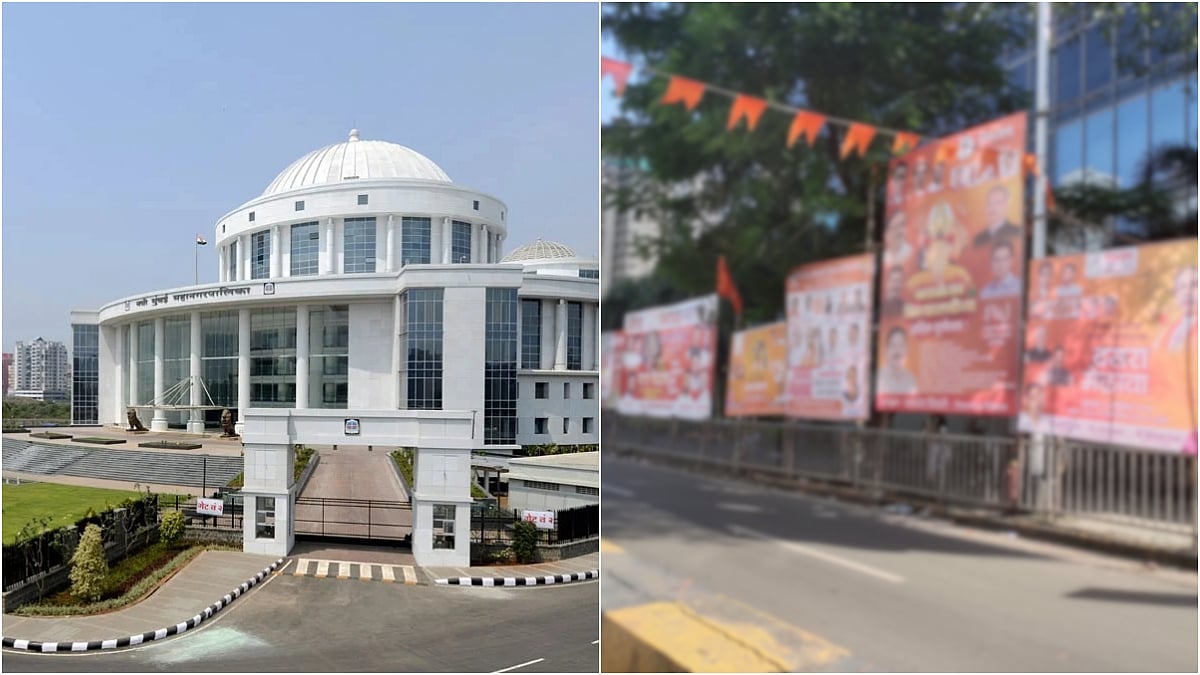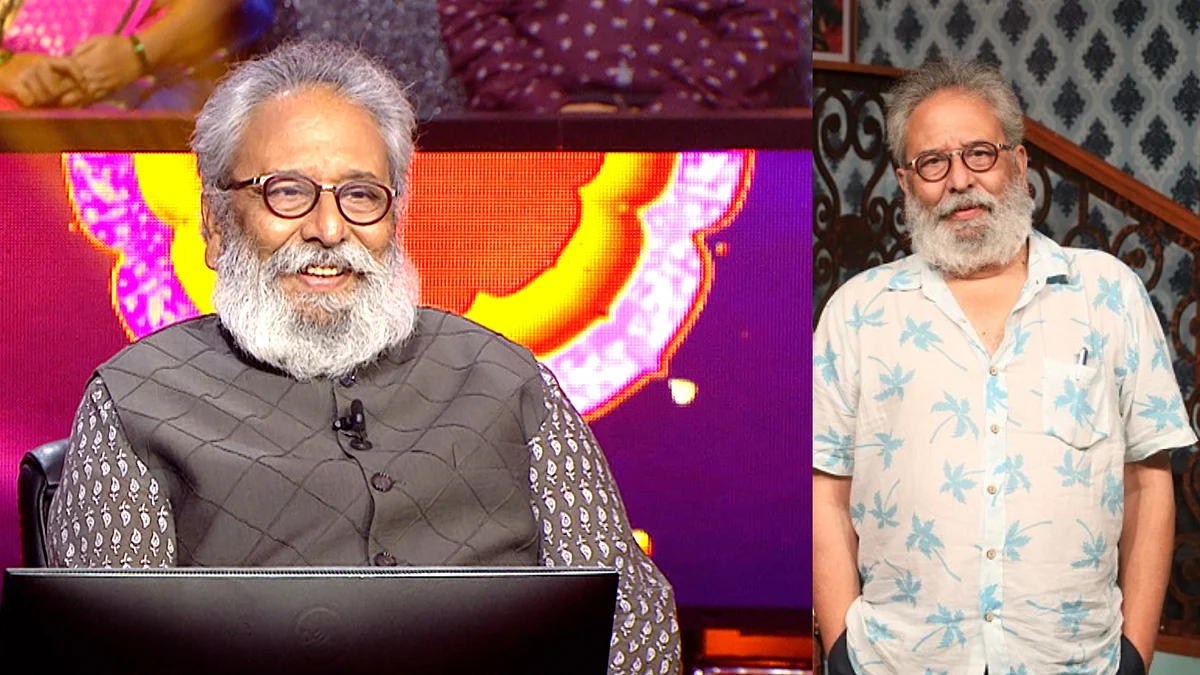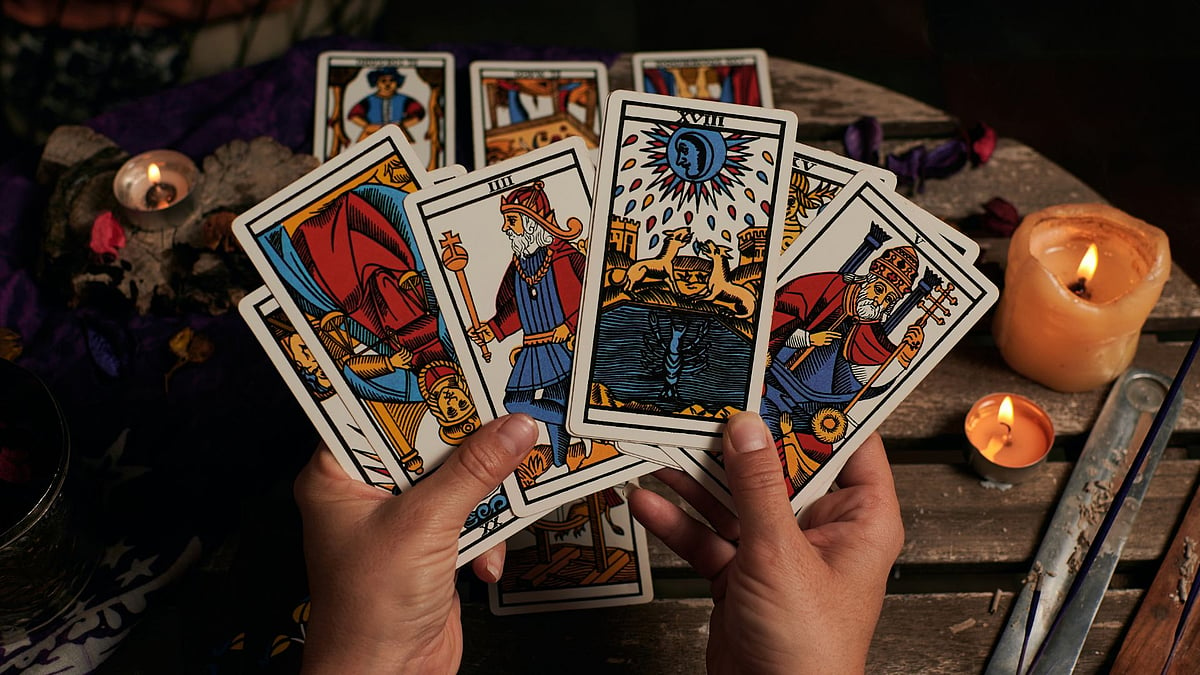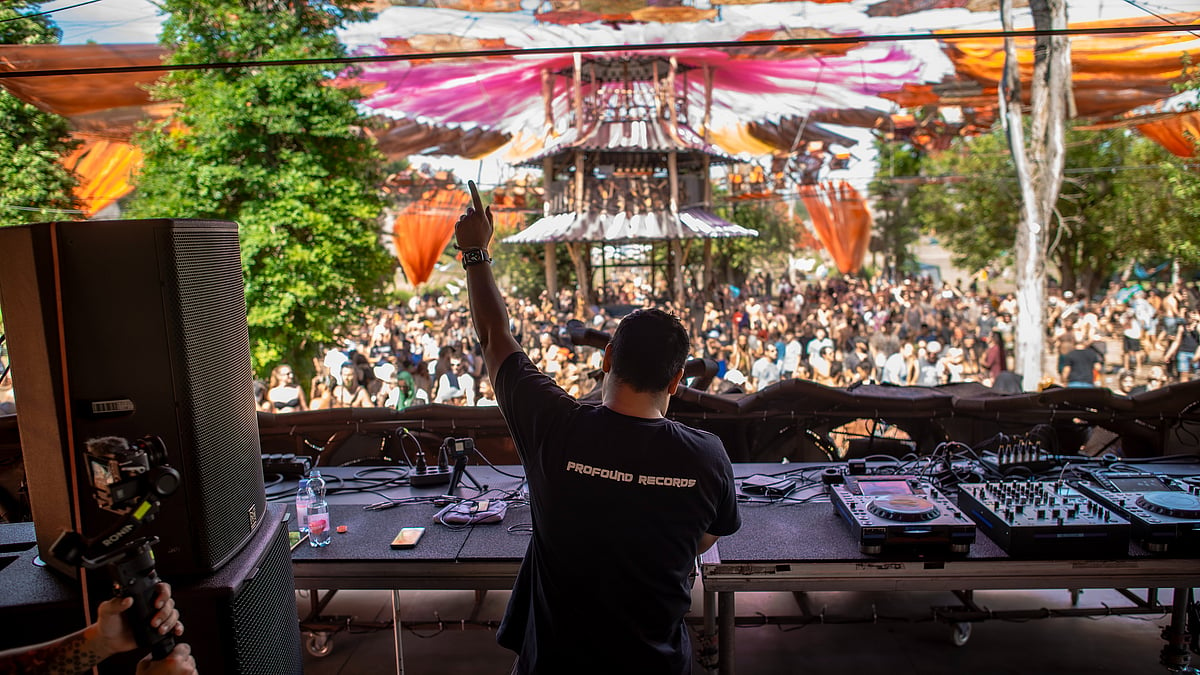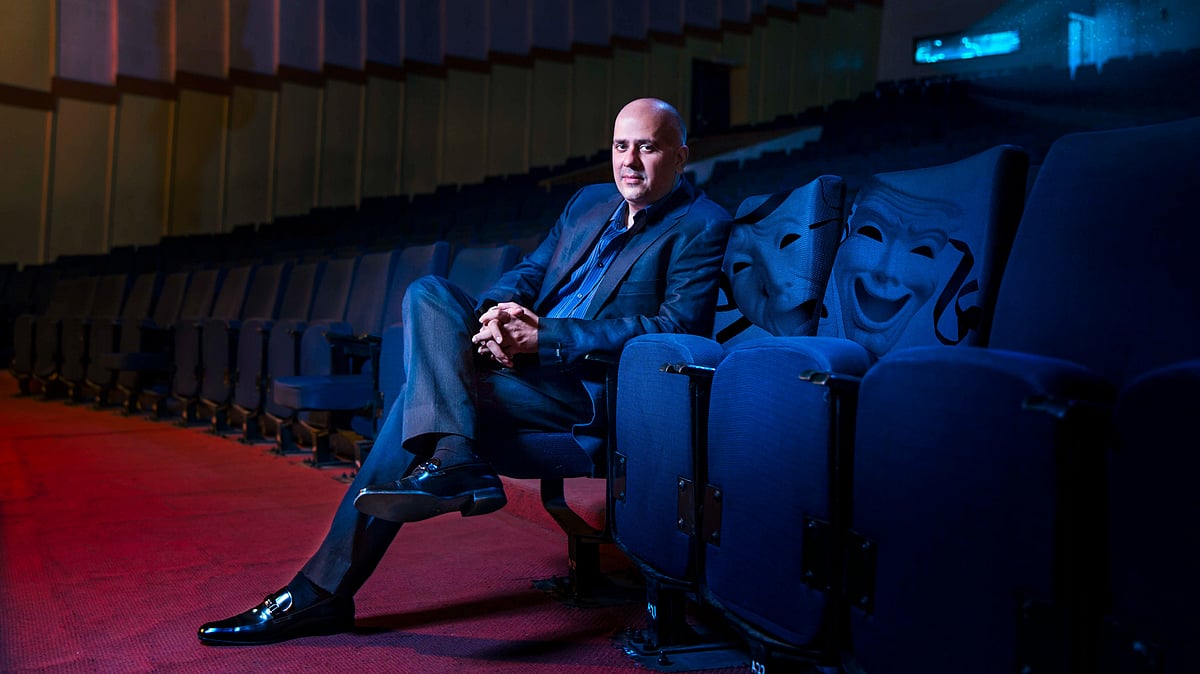Har Ghar Tiranga is, probably, the fifth film by ad-man Kailash Surendranath based on national integration. “At a very young age I realised that India is very diverse, and I always thought that it was beautiful,” shares Kailash. “The diversity is something that everyone actually loves — different kinds of cultures, languages, food… to me that has always been an important message. National integration was always close to my heart.”
Kailash Surendranath was born in a film family. His father was a singing star in Hindi films of his era and continued to work as a character artiste till the end. He also had a small production company that made advertisements. “As a result, I was continuously surrounded by film technicians, musicians etc. There used to be endless conversations about films, riyaaz for some song, etc.,” Kailash reminisces. The maahol kind of groomed Kailash to be an ad-film maker.
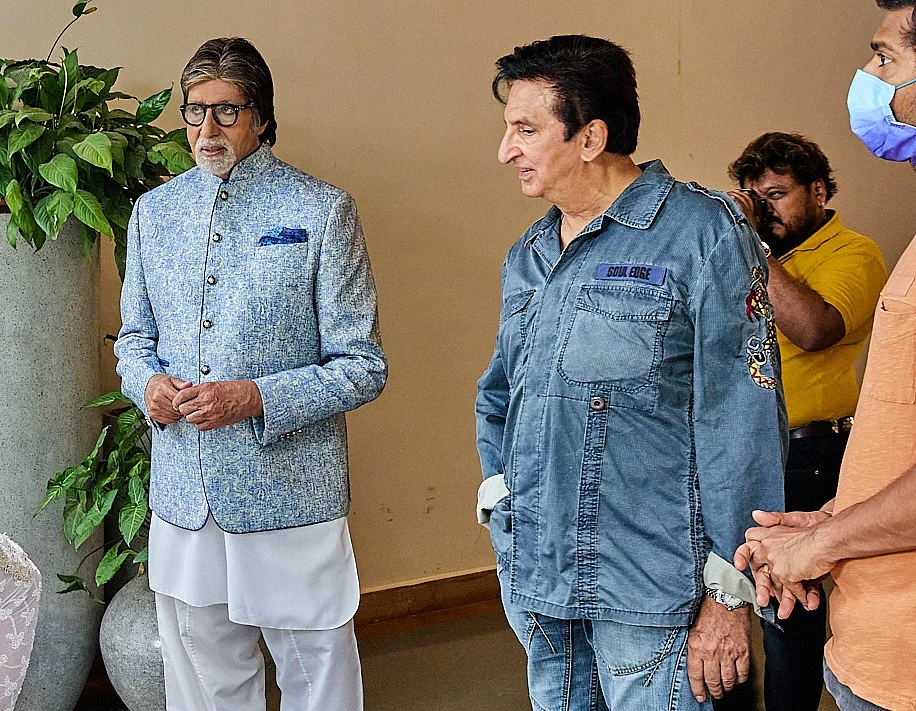
With Amitabh Bachchan |
What led to his film back in 70s — Sita Aur Salim — that spoke about Hindu-Muslim ektaa? “I was in college at that time. And though I had done a couple of ad films, thanks to Dad’s contacts, I wanted to do something of my own that also gave a message to the society,” Kailash says. “This was just about 20-22 years after the partition. The lingering partition was there… and Hindu-Muslim was the biggest prevalent prejudice.”
Sita Aur Salim was made on a whim. “It had my milkman’s daughter and a neighbour’s son playing the protagonists. A friend who was studying to be a cameraman and a few other friends got together and went to China Creek jungle with the children and shot the film. Everything happened impromptu. I showed the film to Suresh Bhojwani, who created a musical track for it. And the film was ready.” However, those were the days when there was no television, forget any other platform.
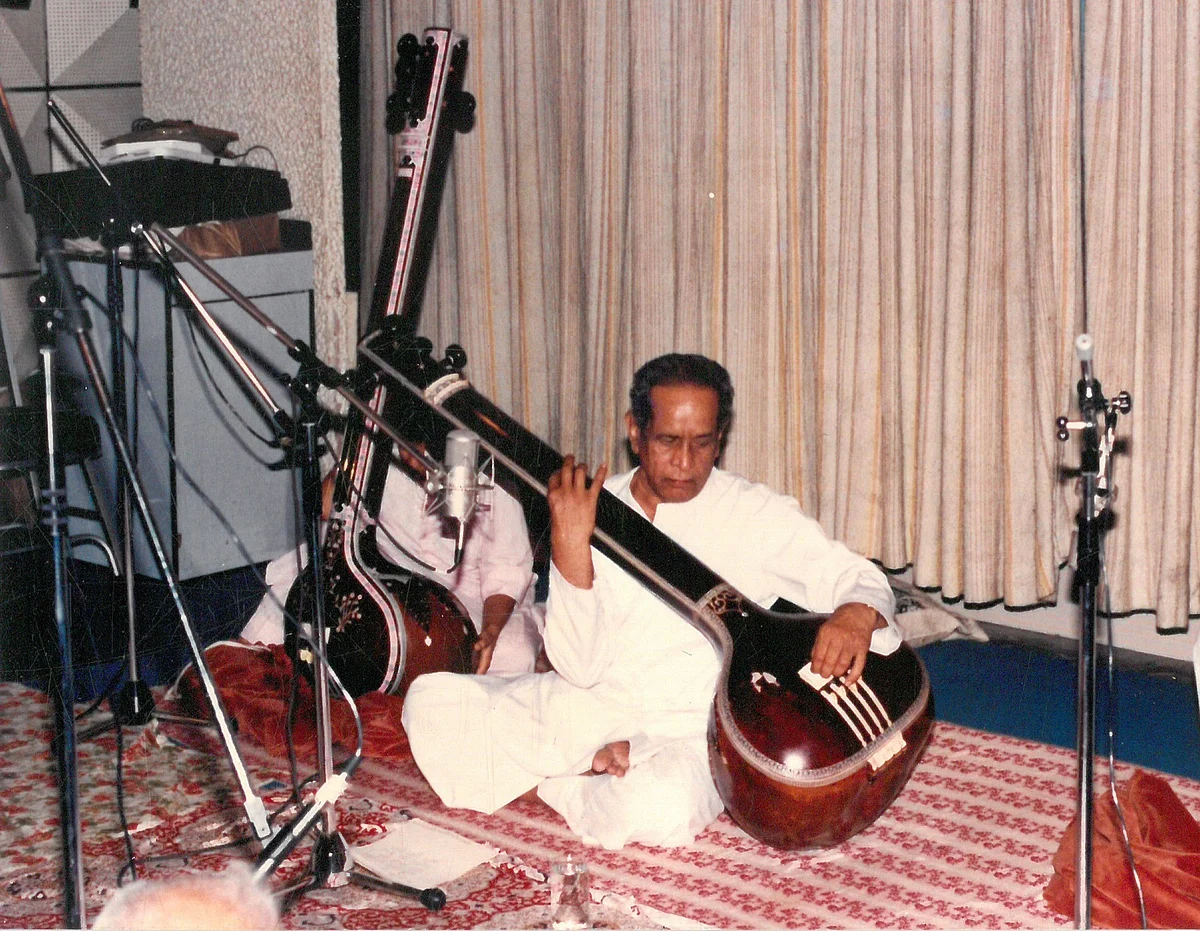
Pandit Bhimsen Joshi |
Kailash showed the film to a few friends. Someone suggested he should show it to the Films Division of India (FDI), the sole body which produced or showed anything on national integration in theaters apart from Hindi feature films. “I was not accredited to FDI, but they knew my father. Therefore, they saw my film. They liked it, found it fresh and non-preachy. And before I knew it, they had made some 10,000 prints and were showing it before the film all over India. I was so happy!”
That was just the beginning. Kailash went on to become one of the leading ad-film makers of India with award winning films like Liril, Glucose, Nirma, etc. He integrated the national integration message whenever and wherever he could, even in his ad-films. “That was not always possible, even though I would have loved to do it. The concept is already approved by the client when it comes to us as a filmmaker. What we can do is add value to an already approved concept.”

With Prabhas |
The next big break came in 1987 — 40 years of Independence. Suresh Malik, Kailash’s friend who had an agency in Kolkata, took him to Delhi for a meeting with the government officials at Doordarshan. “They told us to make something that will make young Indians proud to be Indians. It was an open brief,” Kailash shares. “They wanted it by 15th August. We had four to five months to create magic. They gave us a free hand.”
That was a time when India was still reeling from the hangover of 1983 World Cup win and the Chariots of Fire. Sports was something that every Indian related to. “And that was one of the reasons we decided to do a film with sports stars of India,” tells Kailash. Those were the days of letters and landlines. More than a month was spent connecting with varied sports stars across the country. A lot of planning went into it. “We decided to dedicate one month to shooting this film. Whoever came on board free, we took on and decided to go wherever they were to shoot. I still remember travelling from Kashmir to Kanyakumari in a day; changing flights three times.”
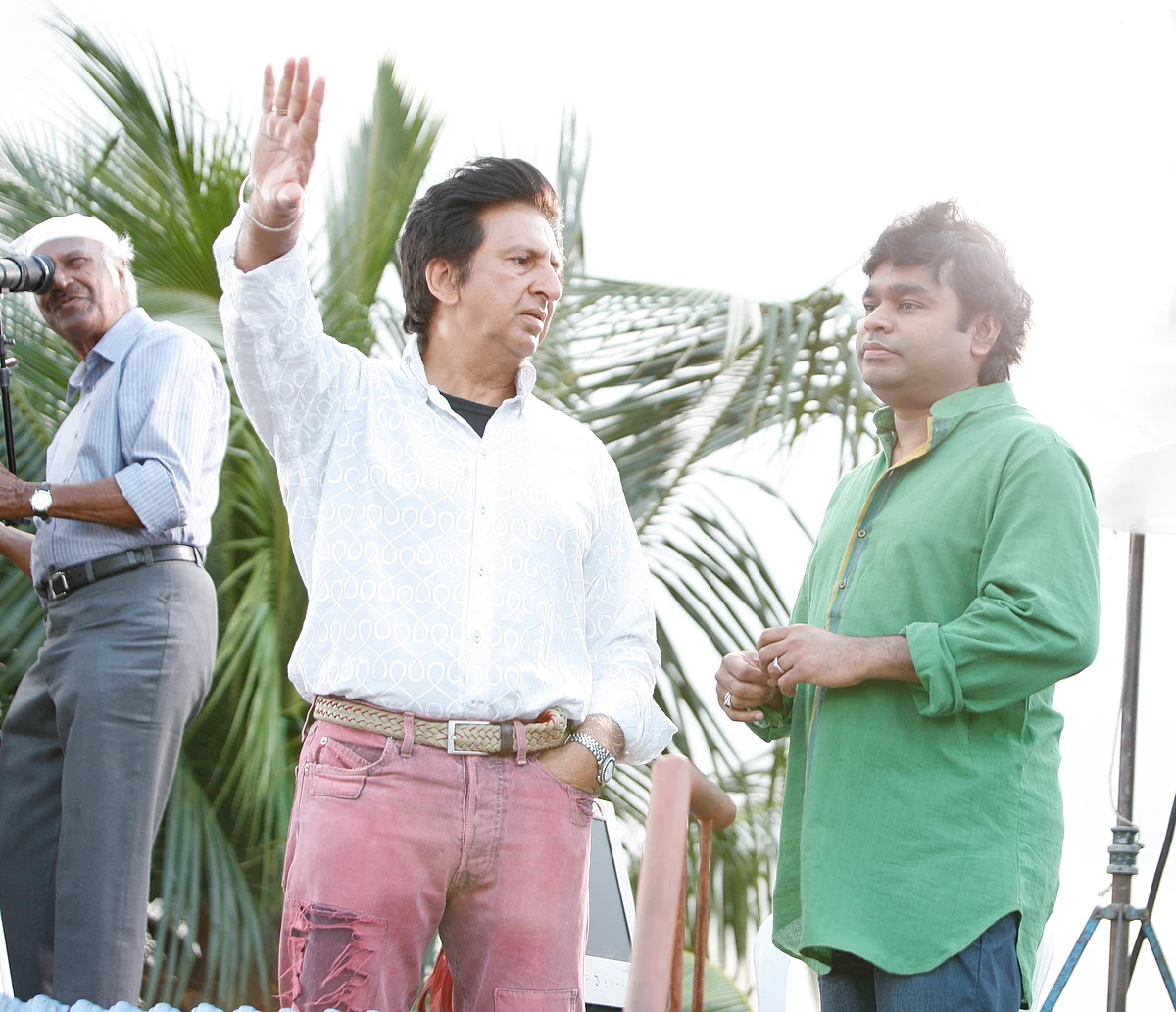
With A R Rahman |
The Spread the Light of Freedom film was a hit with the children coming in at the end dressed in tricolour to the tunes of the National Anthem. “That was a last-minute addition. Children are our future… that’s the reason I decided to end the film with kids. I met the Principal of St. Lawrence in Simla and requested him to let us include the children and use their grounds for the shoot. The costumes were sent within two days from Mumbai to Simla…”
The music track was the key. Louis Bank created the track that ended with the notes of Jai He, Jai He… “The officials thought it might create a controversy. But, thankfully, the PMO liked it. And gave us a go ahead!”
The track was used as a finale for the films that Kailash did later — Mile Sur and Desh Raag. “Both these films had music that was conceived by Pandit Bhimsen Joshi, who happily agreed to the finale by Louis to be merged with his original,” Kailash informs. “Shooting for these films was also quite difficult in those days. But we managed thanks to the cooperation of all the stars and singers.”
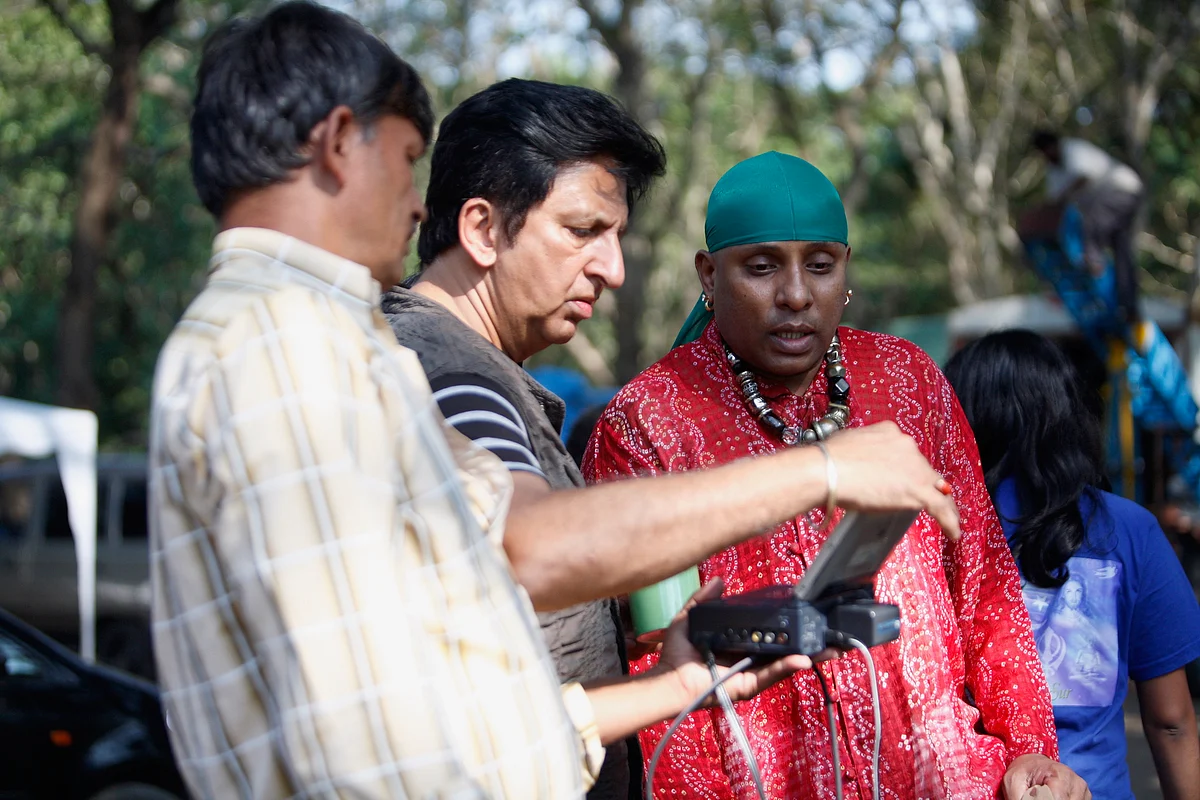
With Sivamani |
Mile Sur was probably the most difficult. “It was,” Kailash admits. “The brief again was open. And the freedom we got helped in creating magic,” he says. “There was nobody looking over my shoulder. Therefore, I could take on-the-spot decisions. Like in Chennai… We were in IIT Chennai shooting with PT Usha and Shiny Abraham. I saw deer in IIT gardens. I told PT Usha to start running on a soft note of ‘action’ with the torch. Deer are sensitive. It immediately started running with her. We shot in slow motion. What we got was nothing short of magic.”
Kailash says that there are many interesting stories around the making of Mile Sur. “Like Dev Anand not agreeing to come on board because there were other stars. And on the other hand, Amitabh Bachchan, Jeetendra and Mithun Chakravarty – all big stars that time – agreeing to share the last frame at no cost. Lataji was travelling, so I recorded the song in Kavita Krishnamurti’s voice. But she called when she was back and said she wants to be a part of the film. She came in the beautiful tri-colour saree, recorded, shot and left in 20 minutes.”
Next year, government gave another assignment. It was another challenge. “We decided to keep it just classical. Music and dance. Desh Raag was Bhimsen Joshi’s choice,” informs Kailash. “The most memorable shot was Zakir Hussain with his father. Later Zakir told me that he uses the film to show his students what's Indian music what are Indian instruments and what are Indian dances. I think that’s a huge compliment.”
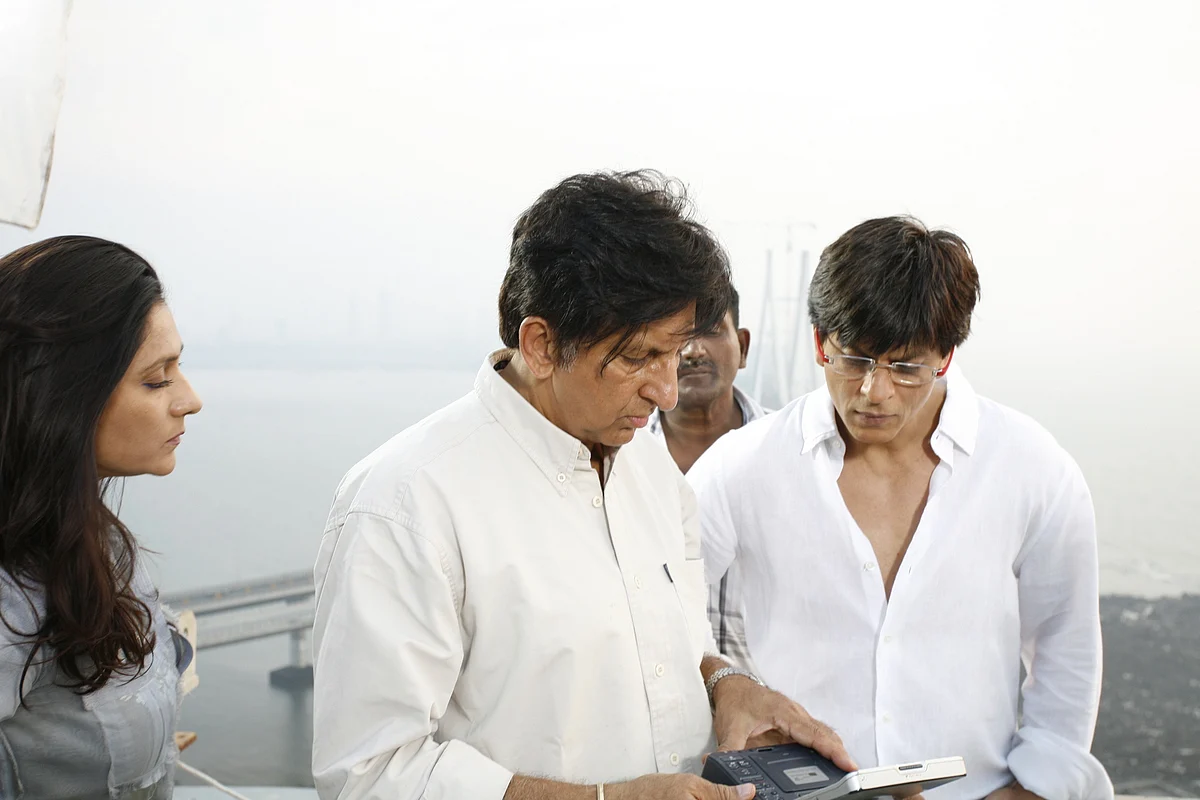
With Shah Rukh Khan |
Some years ago, Kailash was asked to recreate the Mile Sur magic with younger generation by the Times Group. “Idea was to create something with people who the current generation can relate to. We, therefore, approached the celebs of that time – film, sports, music – for the film. This time everyone wanted to be on board. Some were upset that we didn’t contact them… As a result, we ended up having a 17-minute film!”
Last year, Kailash was approached again by the government after a long gap for a campaign — Har Ghar Tiranga. How did it feel to make a film on national integration for the government after a gap of more than 30 years?
“It was an awesome feeling,” admits Kailash. “Technology had changed. India was no more a Third World country, but an open economy…”
The brief, again, was simple and open — Make Indians proud of the country and its flag. If everyone raises a flag, then everyone is first an Indian. “The scary part was when they said, ‘do something better than last time’. When you are asked to be better than yourself, the responsibility is much more.”
This time it was easier connecting with stars across the country thanks to WhatsApp, etc. “We got on board all who were willing for the sake of the country. We had sports stars, singers, actors... all who willingly came on board free,” Kailash tells. “This time my son was shooting as well. He was shooting at different locales, and I was at different locales. We shot some persons at the locales outside India where they were shooting or playing. We had barely two months to deliver. It was hectic, but the end result was so satisfying,” he adds.
The music for Har Ghar Tiranga was created by three composers – Louis Banks, Ranjit Barot and Deviprasad. Government chose Deviprasad. The campaign was a huge success with cars, homes, societies, offices flaunting the flag. “I am happy that they are running the same campaign again this year as well,” Kailash signs off.

